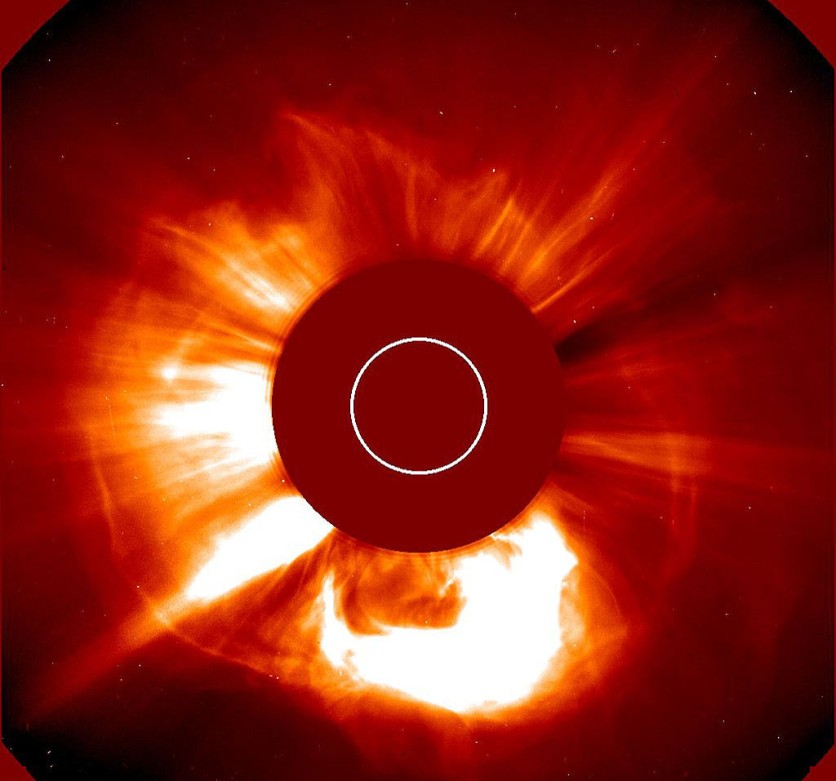A photographer recently captured a phenomenon known as Ellerman bombs on the Sun's surface, keeping the space community abuzz this week.
Given that the solar cycle is about to reach its apex, the image that Spaceweather.com released has generated a lot of curiosity about what it might indicate, as noted in a report by Interesting Engineering.

Solar Cycle
The magnetic poles of the Sun change over every 11 years, with the north pole changing to the south pole and conversely. For decades, solar scientists have studied the Sun's surface to learn how this process works and how it affects our planet.
Scientists have seen an uptick in the number of sunspots on the Sun's surface as of lately. These result from a localized concentration of magnetic fields that momentarily stop the convection process on the Sun.
The sunspot also appears darker as a result of a considerable reduction in temperature in the region.
Solar scientists closely monitor sunspots because they have the potential to abruptly erupt and generate gigantic solar particle plumes called coronal mass ejections (CMEs) or solar flares.
These phenomena interact with the top layers of the atmosphere when they are aimed toward Earth, producing some stunning auroras in the night sky.
Unfortunately, despite years of research, it is still impossible for scientists to accurately forecast when these events will take place. Consequently, additional resources are being used to fully comprehend these phenomena.
The Ellerman Bombs
The Ellerman bombs were named after physicist Ferdinand Ellerman discovered them ages ago in 1917. Small magnetic explosions, one millionth the size of a solar flare, make up the phenomena.
As noted by Spaceweather.com, the phrase "small" here is relative because each Ellerman bomb event releases around 1026 ergs of energy, which is comparable to 100,000 atomic bombs deployed during World War II.
These explosions typically take place as a result of the magnetic complexity that the Sun is undergoing as its polarity is changing.
The solar matter of opposing polarities collides with one another as the poles move to occupy their opposite locations, reconnect, and cause explosive explosions, according to Interesting Engineering.
These bombs were captured by photographer Sylvain Weiller as they occurred on sunspots AR3140 and AR3141. According to scientists, a full-fledged solar flare may be approaching shortly as indicated by the image, which was captured during a 30-second exposure.
Related Article : 'Portrait of the Sun:' World's Most Powerful Solar Telescope Snaps The Face of the Sun in Crisp Detail
This article is owned by Tech Times
Written by Jace Dela Cruz
ⓒ 2025 TECHTIMES.com All rights reserved. Do not reproduce without permission.




